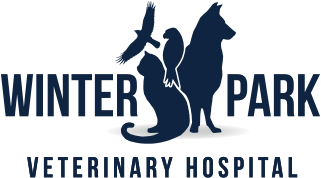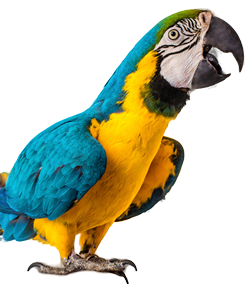Metabolic Bone Disease
Despite all the advancements made in reptile husbandry- with new products, supplements, and information- nutritional diseases remain extremely prevalent in captive reptiles. The most common disease process I see is nutritional secondary hyperparathyroidism (NSHP)- more commonly referred to as metabolic bone disease.

To understand why this disease occurs, we need to understand reptile physiology in its relation to calcium, vitamin D, and UVB. Like all animals, reptiles require calcium not only to form strong dense bones, but also to contract muscles (whether those be muscles of the limbs or the muscles of the intestines), form the shell of eggs, and fire neurons. Also like other animals, the parathyroid gland is responsible for mobilizing and regulating calcium. Reptiles obtain this vital calcium from their diet. In order to extract calcium from their gut, reptiles need Vitamin D. When reptiles bask under the sun or a UVB bulb, their skin creates inactive Vitamin D which is then made active by the liver and kidneys where it then goes to the gut to do its job. When one or all of these factors are missing in a reptile’s life- whether that be inappropriate supplementation and gut loading or the lack of UVB- the parathyroid gland kicks into overdrive to maintain calcium levels in the body. This leads to calcium being leeched from the body’s main stores- the bones. This event sets off chain reactions that then lead to the typical picture of NSHP.
The main types of reptiles I see NSHP in include insectivorous reptiles such as Leopard Geckos, omnivorous reptiles such as Bearded Dragons and aquatic Turtles, and herbivorous reptiles such as Iguanas and Tortoises. Carnivores such as Snakes are less predisposed to this disease as the prey they eat- whole rodents and birds- are rich in calcium; however, carnivorous reptiles fed straight meat products without these bones can also develop NSHP. Insects in and of themselves are naturally high in phosphorus and low in calcium, thus without supplementation insects alone cannot provide the calcium reptiles need. Additionally, many vegetables are not heavily fortified in calcium either, and certain vegetables such as kale, spinach, and broccoli, contain compounds called oxalates that actually bind calcium and take it away from the reptile.
The main signs I see in a reptile with NSHP include lethargy- which can be everything from a reduced appetite to not moving around the enclosure to being unable to lift their bodies. In severe cases, these animals may have pathologic fractures which are due to normal forces on the bone that it cannot handle given its weakened state and/or other skeletal defects (bent spines or tails, bendable/abnormally shaped jaws, “pop-eye arms”, etc). Sometimes, a distended coelom in a female reptile may indicate that the eggs she is producing are stripping her bones of calcium. Diagnosis of NSHP is often based solely off husbandry information and physical examination; however, X-rays can be helpful to assess bone density and look for any fractures/eggs while bloodwork will show characteristic mismatches in calcium and phosphorous.
My main treatment plan for NSHP reptiles starts with supportive care in the hospital. I often will give an injection of calcium gluconate to begin making a dent in the calcium deficiency. I will follow this up with subcutaneous fluids and a vitamin injection to help with appetite. I then send home the following medications 1) an oral calcium supplement 2) an appropriate liquid diet for the species 3) an antibiotic as the immune systems of these animals are reduced and they are more likely to get infections 4) a pain med, especially if there is a fracture. Additionally, if a fracture is present, it needs to be addressed, whether that is through surgery or through bandaging/splinting. Most importantly, husbandry issues are addressed to find the route cause for NSHP and to optimize healing. The recovery for NSHP is a long one, as this disease takes a long time to develop and thus reptiles take a long time to recover from it.
Thankfully, NSHP is preventable. Ensuring you are appropriately supplementing (I recommend every meal with calcium and once a week with a multivitamin) all food items and gut loading your feeder insects (see prior Gut Loading article for more information), providing and replacing all UV lighting (I typically recommend every 6-12 months depending on the brand), and taking your reptile out for natural sunlight (the best source of UV out there) if your reptile will tolerate it help reduce the likelihood of developing this disease.





